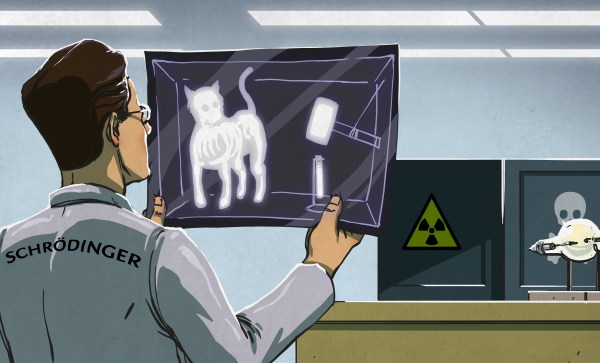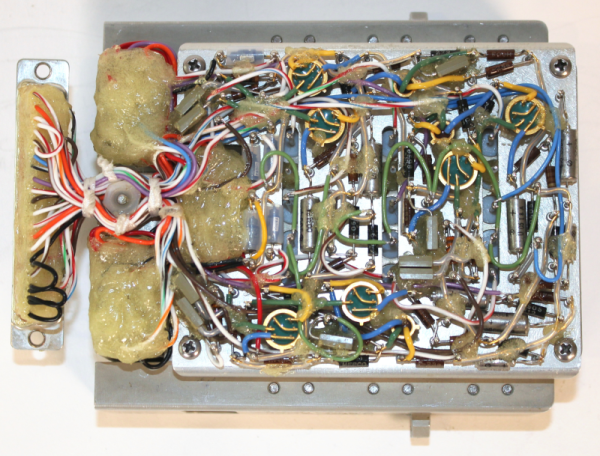Neutrinos are some of the most elusive particles that are well-known to science. These tiny subatomic particles have no electric charge and an extremely small mass, making them incredibly difficult to detect. They are produced in abundance by the sun, as well as by nuclear reactions on Earth and in supernovae. Despite their elusive nature, scientists are keen to detect neutrinos as they can provide valuable information about the processes that produce them.
Neutrinos interact with matter so rarely that it takes a very special kind of detector to catch them in the act. These detectors come in a few different flavors, each employing its unique method to spot these elusive particles. In this article, we’ll take a closer look at how these detectors work and some of the most notable examples of neutrino detectors in the world today.

















